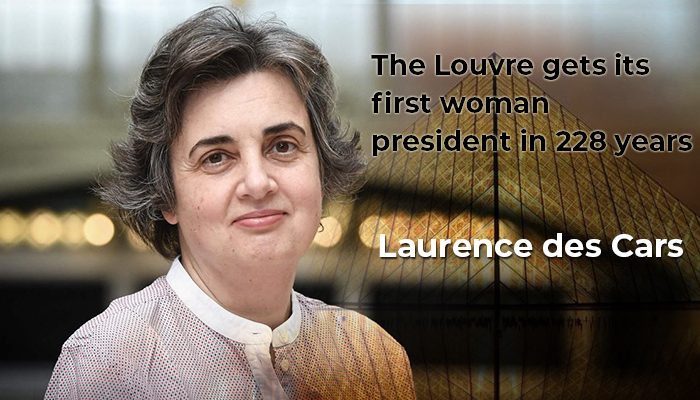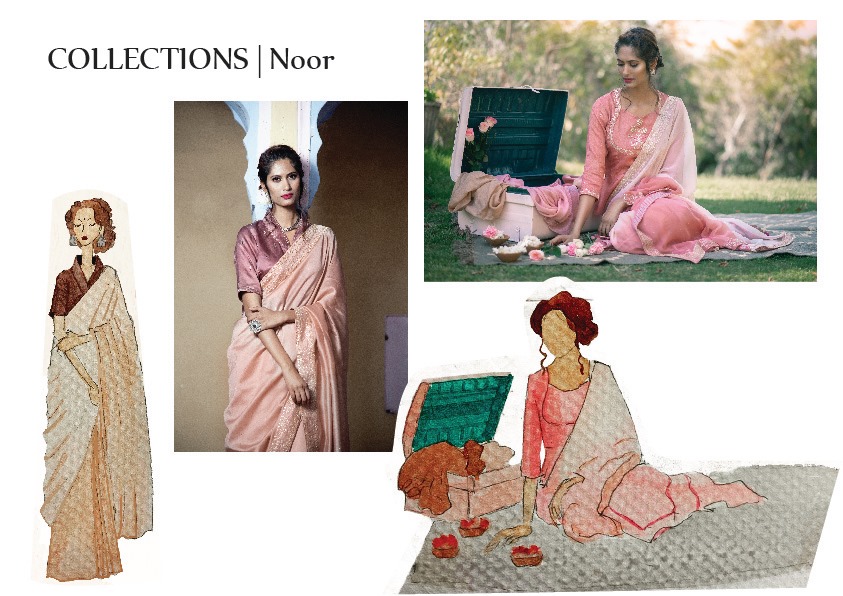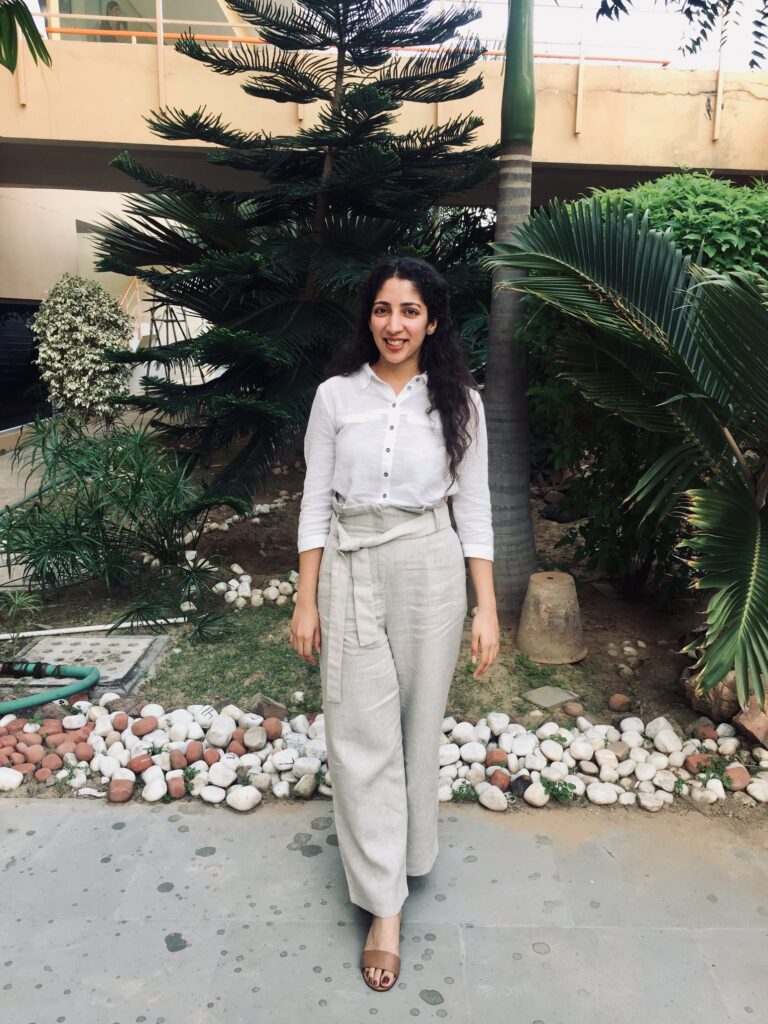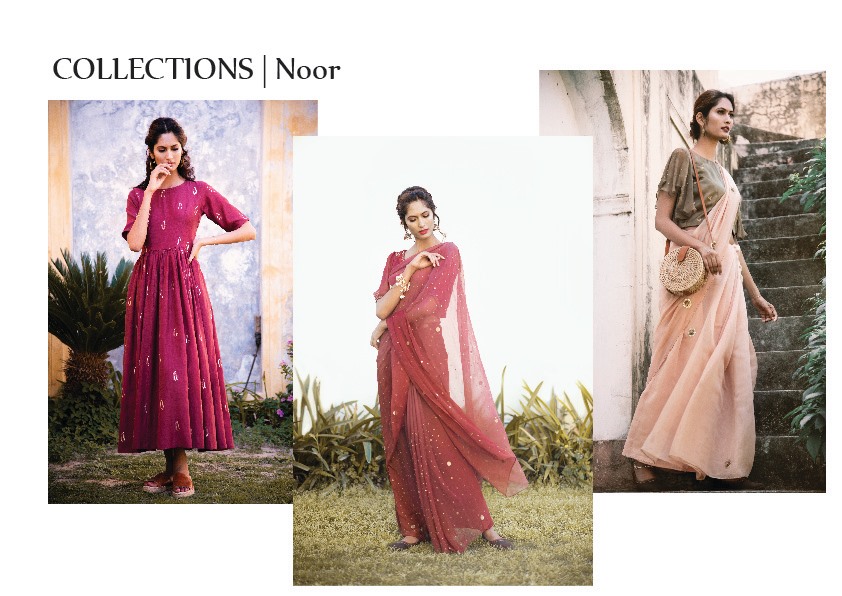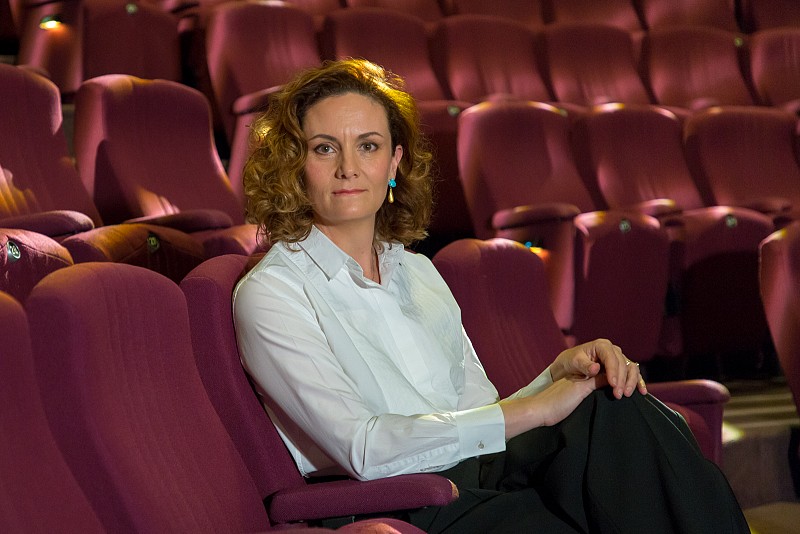By Priyanshee Sharma
“Assisted Reproductive Technology” or ART with its grammatical variations and cognate expressions, means all techniques that attempt to obtain a pregnancy by handling the sperm or the oocyte outside the human body and transferring the gamete or the embryo into the reproductive system of a woman. The modern world has progressed deeper and deeper into the ART.
The growth in these ART methods in recognition of the fact that infertility as a medical condition is a problem in the overall well-being of couples and cannot be overlooked, especially in a patriarchal society like India. Infertility is a major problem as kinship and family ties are dependent on progeny.
An estimated one in seven couple in India have fertility problem, and mostly there is no known medical explanation. It is believed that 10 per cent of the general population suffers from some form of infertility. Of every 100 couples resorting to fertility clinics, 40 per cent are male infertility cases, 50 per cent are of women, and the remaining 10 per cent of both partners are infertile.
Assisted Reproductive Technologies involves a number of therapies that manipulate the egg and/or the sperm for conception in order to establish a sustainable pregnancy. All these stem from the basic In Vitro Fertilization (‘IVF’) process.
To put it simply, IVF is a process where a woman is given hormones that increase the number of eggs in her ovaries. These are then taken out via advanced medical instruments. This egg now is fertilized in a petri dish with the sperm of a donor or the father himself. To increase the chances of this conceiving a baby, a number of eggs are fertilized before putting them into the womb of the mother. This is also why it is common to have twins or triplets via IVF. For example, if a couple fertilizes some eggs and two of them are placed inside the mother’s womb, the rest can be used when the couple feels they’re ready for it.
So, what happens to these frozen embryos if the couple decides to part ways? What happens if the woman wants to conceive via these frozen embryos and the father wants to destroy them because he doesn’t want his biological children to be born like this, thus exercising the right to reproductive privacy? Let us try and understand the stance regarding these issues globally.
The American courts have adopted three primary conclusions in evaluating the status of frozen embryos, and the rest of the world has accepted either one of the three approaches-
(i) Conferring full personhood on the embryo,
(ii) Considering embryos as tissues and therefore property or
(iii) Not human life fully but something more than just mere property, that is something in between the (i) and (ii).
The case of Davis v Davis is the leading case on this jurisprudential concept. In this case, the couple got separated after using IVF for conception. The embryos were fertilized and frozen, and the implantation of them in the wife’s womb failed. After their separation, the wife wanted to donate the embryos to a childless couple, but the husband wanted to discard them. Before we discuss what the court finally ruled, it is pertinent to note what the court observed in the aforementioned three instances.
Let us suppose the embryos were granted full personhood. The first implication would be that these embryos are children, and if they are so they are entitled to maintenance, inheritance and succession rights. There are several frozen embryos in a clinic at one time, if the progenitors refuse to pay for their maintenance, the clinic would be forced to take care of them because discarding them would become murder. {Note: There in an Act in UK, called Human Fertilization and Embryology Act 2008 that enables clinics to discard embryos after five years.}
Further, suppose after IVF and before implantation, the couple decided to part ways the wife may claim the embryos’ property rights if she decides to implant them in her womb, thus further elongating and complicating the divorce proceedings.
Even so, the trial court in the present case took the stand that embryos were full-fledged persons. This was, obviously, later turned down by the Supreme Court of Tennessee.
As per the second instance, the courts in the USA have ruled that the clinics and progenitors share a bailor bailee relationship while treating the embryos as essentially property. This was completely in disregard of the fact that the embryos have the potential of forming human life.
THE BALANCE OF INTEREST APPROACH
Normally, in cases where two contradictory instances present themselves, most approaches are taken at the extreme ends treating both these instances as a trade-off. Fortunately for this case, the approach was balancing the legitimate interest of the parties.
The Court ultimately ruled in Davis v Davis that-
“Disputes involving the disposition of pre-embryos produced by in vitro fertilization should be resolved, first, by looking to the preferences of the couple. If their wishes cannot be figured or dispute, then their prior Agreement concerning disposition should be held. If no prior agreement exists, then, the relative interests of the parties in using or in not using the pre-embryos must be weighed. Ordinarily, the party wishing to avoid procreation should prevail, assuming that the other party has a reasonable possibility of achieving parenthood by means other than use of the pre-embryos in question. If no other reasonable alternatives exist, then the argument in favour of using the pre-embryos to achieve pregnancy should be considered. However, if the party seeking control of the pre-embryos intends merely to donate them to another couple, the objecting party has the greater interest and should prevail.”
In a nutshell, the court weighed the Right to Privacy of the husband over the Right of Choice of the wife. It is interesting to note that the decision would not have been the same if the wife had wanted to implant the children in her womb instead of giving them away. The decision in such case is not the concern for the purpose of this project. This is revolutionary because a concept of “forced parenthood” is being used to delivering such decisions.
THE CONTRACTARIAN APPROACH
Embryo Disposition Agreements:
Today, it has become common to freeze embryos. Some couples do this because they are undergoing IVF and have more embryos than they require. Others face medical treatments or procedures that could result in infertility and want to preserve their chance to have natural children. At a later date the embryos can be thawed and transferred into the patient, or a surrogate’s uterus so that a child can be born.
Embryo disposition agreements are a tool to help increase the possibility that the parties’ wishes will be upheld – even if one party changes his/her mind. These contracts reduce the unnecessary prolonging of a dispute, it if arises, in court as the wishes of the parties can be easily ascertained with the help of this Agreement. It provides certainty. While it may seem rather unusual to enter into a contract with one’s romantic partner, it is a risk management tool, necessary to protect their future interests.
In the case of Kass v. Kass, the highest court of New York held that agreements among couples regarding their unused frozen embryos should be enforced unless those agreements are contrary to public policy or unless the couple’s circumstances have significantly changed.
According to the New Jersey court, when a couple disagrees with the disposition of the embryos, both parties’ interests must be balanced. While in Iowa, when the parties disagree, the status quo must be maintained until they can reach resolution or until the fertility clinic is no longer contractually bound to keep the embryos, with the expenses for maintaining the embryos to be shouldered by the party opposing their destruction. Although the courts have adopted a variety of tests to resolve such issues, thus far, they have consistently ruled in favor of the spouse who opposes use of the embryos for procreative purposes.
THE INFORMED CONSENT APPROACH
This approach in a way overruled the contract-based approach because the courts have in some cases refused to uphold the Agreement as was reached by the parties.
In AZ v. BZ and later in In Re Marriage of Witten, the court held that-
“Principles of contract law are inconsistent with the reasoning behind entering into the embryonic disposition agreements in the first place as they interfere with an individual’s ability to reach personal decisions related to their personal reproduction. The Agreement cannot be enforceable even if initial Agreement was unambiguous in its intent. A rather human analysis of the nature of “informed consent” given by the parties has to be made in assessing whether an agreement is enforceable or not”.
The courts have refused to enforce Agreements even if they had no legal issues with them. This is so because the issues regarding family law cannot be solved through the lens of contract enforcement. The courts will analyze whether the intent of the parties has changed due to change in circumstances and will not give straightjacket decision but prefer the present intent of the parties.
In India, egg-freezing gained traction in 2016, when the former miss world Diana Hayden gave birth to a baby using eggs that she’d had frozen several years before.
India itself doesn’t have a law to regulate this area of reproductive health. The Assisted Reproductive Technology Bill of 2020 defined cryopreservation as the ‘freezing and storing of human gametes, zygotes and embryos’; section 52 of the Bill provided for the storage and handling of human gametes and embryos. Furthermore, to be specific, the only section that comes anywhere close to mentioning how frozen embryos have to be handled is-
“A human embryo may, for such appropriate fee as may be prescribed, be stored for a maximum period of five years and at the end of such period such embryo shall be allowed to perish or donated to an research organisation registered under this Act for research purposes with the consent of the patients and if during the period of five years, one of the commissioning partners dies; the surviving partner can use the embryo for herself or for her partner, provided an appropriate consent was taken earlier.”
In a nutshell, the jurisprudence around this concept is still developing but it would not be disputed to say that the time when IVF is a household name is not far. So as to prepare for that time, we must be ready so that we can better tackle the issues surrounding it.
Presently the Union Cabinet has approved THE ASSISTED REPRODUCTIVE TECHNOLOGY (REGULATION) BILL, 2020. The Bill lays down all the essentials required for the Contractarian Approach mentioned above but is still incomplete from Family Law’s perspective.
- Whether, conception through IVF will amount to the consummation of marriage for the purpose of family law?
An answer is given in the National Guidelines for Accreditation, Supervision and Regulation of ART Clinics in India 2005 that lays down that it doesn’t amount to consummation, which can become a ground for nullity.
Further, let us suppose a wife who wants to work for the present period, freezes her ovum so that she can conceive at a later time in life, hides this information from her husband. Will this become a ground for nullity?
- Whether, if a woman conceives through a sperm donor without the consent of her husband commits adultery?
Further, while trying to answer these questions and the kind, we are still unsure as to what approach the family courts will tend to follow.
In Prakash v. Arun Kumar Saini on 5 February 2010, the court observed that to decide whether, a child in the mother’s womb can be called as a person or not, it is important to discuss different stages of birth of a child in the womb of a mother. Technically the term ‘developing ovum’ is used for the first seven to ten days after conception, i.e. until implantation occurs. It is called an ’embryo’ from one week to the end of the second month and later, it is called ‘foetus’. It becomes a child only when it is completely born.
The life may be considered to have entered either immediately on the date of conception, in the form of a small cell which gets multiplied later or when a mother can feel the movement of child physically, i.e. when the foetus is twenty weeks or five months old and the cell changes its structures and texture to become different parts of the body such as eyes, legs, bones, blood, head etc. Thus, when the child makes movements touching the internal walls of the womb, the actual life is considered to take its physical form by some.
Therefore, there may be a dilemma regarding the exact date of life entering the foetus, but there cannot be any confusion about embryo. If the embryo doesn’t have a life, it cannot be considered a person.
In Bhupinder Kumar v. Angrej Singh on 28 August 2009, the court observed that reproductive choices are also a dimension of ‘personal liberty’ as understood under Article 21 of the Constitution of India. This position has achieved even more relevance due to the landmark judgment on Privacy, K.S. Puttaswamy v. Union of India which laid down that Privacy is a fundamental right under Article 21 of the Indian Constitution. Further, It is important to recognize that reproductive choices can be exercised to procreate and abstain from procreating.
Though the instant judgment (Bhupinder Kumar) speaks about women’s right not to procreate, it is only natural that such a right will be extended to men if brought into question. Apart from applying to divorced couples, this may even apply in a wide interpretation of Article 21 to even sperm or ovum donors who wish their gametic materials to be destroyed or withdrawn in the backdrop of the Puttaswamy Judgment.
CONCLUSION
Thus, it is difficult to give a clear cut answer as to whether a balancing of interest approach or a contractarian approach will prevail. Since a Bill is on its way, the correct answer to this question is based on the contingency of the passing of the Bill. If it does not become an Act, then the balance of interests approach seems to be the dominating approach.
For now, it is important for our Parliament to pass this Bill as soon as possible. This Bill represents that not being able to conceive a child is curable and the couples who cannot conceive through natural means have no reason to be ashamed of it. It has been seen that couples who have been desperate for a child resorted to desperate and in some cases, illegal measures to fill this self-created void. For example, according to an article published in The Hindu, a poor couple sold their child to a childless couple who were humiliated by their relatives. The police, of course, caught them.
A Bill recognizing the fact that in the absence of natural conception, there are various remedies that the couple can resort to helps such childless couples from taking drastic measure. Furthermore, it might even help elaborate the taboo attached to childlessness.




